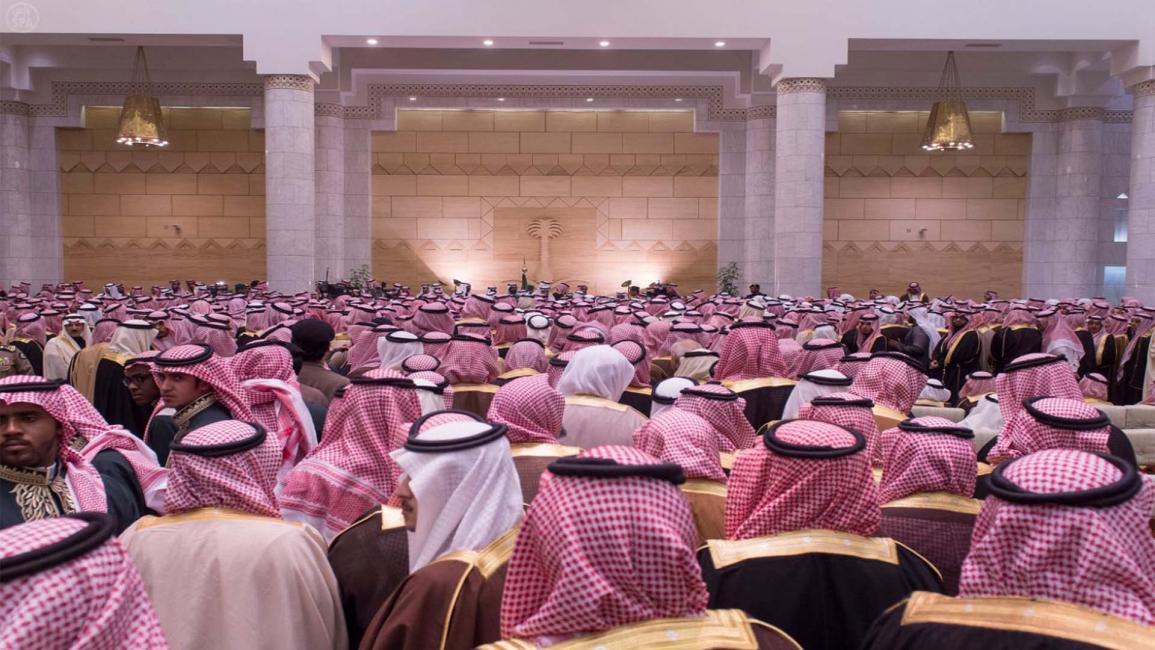
Rejuvenation without modernisation in Saudi Arabia
All of these expressions were used to describe one event: the decision of the Saudi king, Salman bin Abdulaziz, last Wednesday to change the succession and prevent the last sons of the kingdom's founder from ascending the throne. Their era is over and now the era of the founder's grandsons has begun.
Salman buried the last legacy of his brother King Abdullah by removing Abdullah's half-brother Muqrin and replacing him with his nephew, Mohammad bin Nayef, as crown prince, and his son Mohammad bin Salam as deputy crown prince. Salman also removed the longest serving foreign minister in the world, Saud al-Faisal.
| Washington welcomed the decision to rejuvenate the Saudi leadership as Prince Mohammad bin Nayef is very close to the White House. |
The two Mohammads, the crown prince and deputy crown prince have become the main topic of conversation in Saudi Arabia as they now hold all the keys to power.
Mohammad bin Nayef, the crown prince, holds three important posts: minister of interior, deputy prime minister and crown prince, while Mohammad bin Salman is the minister of defence, the head of important economic, social and security committees, in addition to being the king's son and deputy crown prince.
The daring decision to transfer the position of crown prince from the sons of Abdulaziz, the kingdom's founder, to his grandchildren was not an easy one. Despite the secrecy that surrounds the Saudi ruling family, the statement announcing the decision to relieve Muqrin of his duties as crown price mentioned that the majority of the Allegiance Council agreed with the decision, but not all its members, which has usually been the case.
Washington welcomed the decision to rejuvenate the Saudi leadership as Prince Mohammad bin Nayef is very close to the White House and is seen in the US as a strong ally against al-Qaeda. Further, the changes announced by Salam included the appointment of Adel al-Jubeir, the Saudi ambassador to Washington, as foreign minister.
Jubeir is well liked in Washington and an anonymous US official told the Reuters news agency: "Washington was pleased to see younger people moving up in Saudi Arabia and Jubeir being promoted to foreign minister, but was still assessing the changes, notably the increased influence of the Sudairis."
The official added: "We just don't know what it means and how people [from other parts of the Saudi royal family] will react."
The reason for the change
But what prompted this rejuvenation? It was the security threat facing the kingdom and the Arab Spring, which opened up unexpected possibilities of ousting Arab rulers through mass demonstrations.
Saudi Arabia, which suffers from high levels of unemployment, restricted freedoms and large-scale corruption feared infection from this Spring and wanted a stability that cannot be provided by its aging rulers.
| The reconciliation between Tehran and Washington terrifies Riyadh. |
The second reason that accelerated the transfer of the throne from the sons to the grandsons is Iran and its Shia crescent that surrounds Saudi and its allies in the region.
Iran has a lot of influence in Yemen, Iraq and Bahrain, countries that neighbour Saudi Arabia, and also has influence in Syria and Lebanon.
Additionally, Iran is preparing to re-enter the international community through a historic deal with Europe and the US, which would lift sanctions on Iran and permit it to play a regional role in return for delaying its possession of a nuclear weapon.
Saudi Arabia expected the US to bomb Iran, however last month, the US president called on the Arabs to sit down and negotiate with Iran.
The reconcilliation between Tehran and Washington terrifies Riyadh. Because the new guard does not have the patience of the old, Saudi Arabia went to war in Yemen. launching Operation Decisive Storm, and will undoubtedly enter into other wars. And as war requires strength and agility, the leadership decided to rejuvenate in preparation for the battle.
However, it is a rejuvenation without modernising the system of government and decision making, which is the largest challenge that will face the grandsons of the kingdom's founder.
The people of Saudi Arabia used to look at their aging rulers as father figures, tribal leaders or the heirs of the kingdom's founder. However, they will certainly not have the same view toward Mohammad bin Nayef (55 years old) and Mohammad bin Salman (30 years old).
Opinions expressed in this article remain those of the author and do not necessarily reflect the opinions of al-Araby al-Jadeed, its editorial board or staff.
This is an edited translation from our Arabic edition.




